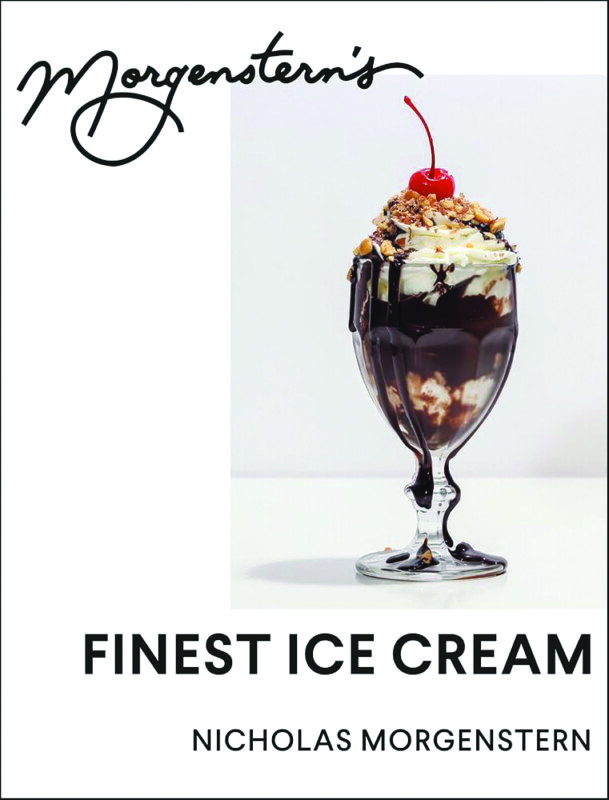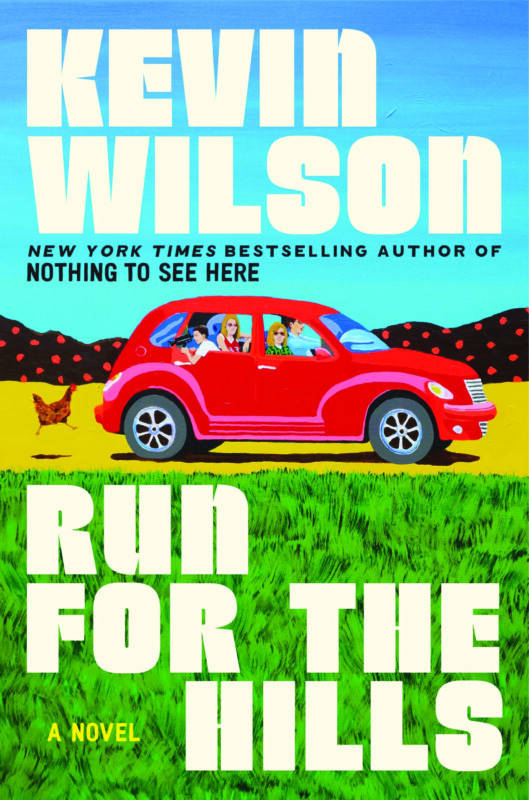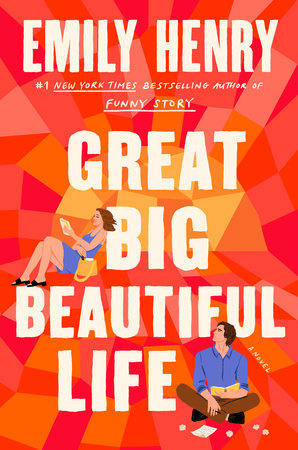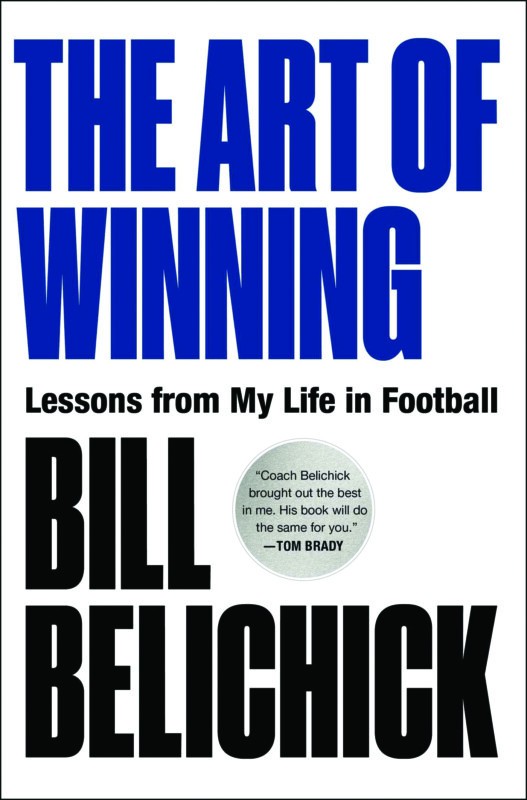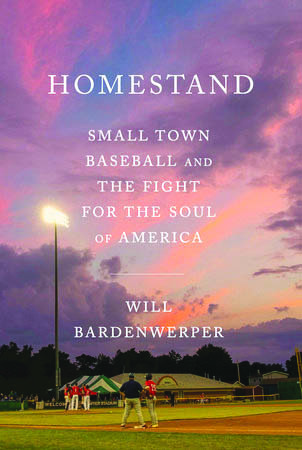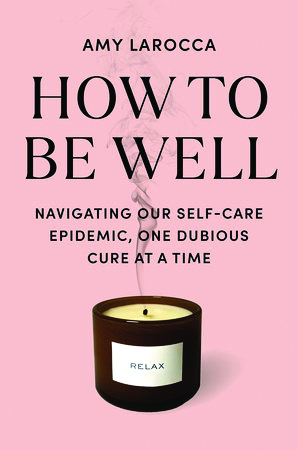Madeline Hill wasn’t looking to expand her family when a stranger in a PT Cruiser pulled up to her farm stand in Tennessee and announced that he was her half-brother. At 32, she’d settled into a life she’d built with her mother after her father left them 20 years earlier with no explanation and no future contact. Maybe it wasn’t her best life, but it also wasn’t a bad one. They ran an organic farm that had won acclaim for their meat, eggs, produce and cheese, and had even been featured in magazines. True, it was a largely solitary life, but Mad, as she was known, was comfortable in it. A sibling was not part of her life plan.
Enter Reuben Hill, or Rube, as he is known. The stranger in the PT Cruiser tells Mad that they shared a father, and he had a whole other life in Boston before he ran out on Rube’s family and took up with Mad’s mom. As an adult, Rube wanted to learn more about his father, and so he hired a private investigator who found a mysterious pattern: The man that Rube knew as Chuck Hill, a New England insurance salesman and author of detective novels, had reinvented himself as Charles Hill, a organic farmer in the deep South. But he hadn’t stopped there. There were, apparently, other families that their dad created and left.
In another writer’s hands, this storyline might be overwrought, but in the hands of Kevin Wilson, it’s comedy gold. In Run for the Hills, Wilson’s sixth novel, he sends Mad and Rube on the world’s weirdest road trip, in which they trace their father’s domestic settlements from Tennessee to California and meet their other half-siblings, in the hopes of figuring out what, exactly, their father was thinking, as he continually reinvented himself at the expense of others.
It’s an absurd story, as absurd as the PT Cruiser that Rube showed up in for a road trip. (It’s what the rental-car company gave him, he explains to a bemused Mad.) But it has a raw and poignant center — how this man had shaped his children’s lives, not by his presence, but by his absence, as Wilson writes.
Mad and Rube had built successful lives for themselves, despite the trauma that their father’s abrupt disappearance had inflicted upon their families; Rube had even followed in his father’s footsteps, becoming a mystery writer. Another sibling that they tracked down was a star college basketball — in the iteration of himself that the father gave that family, he had been a basketball coach who went by the name Chip Hill.
Curiously, despite the coldness of his departures, when he was living with the families their father was, by all accounts, a good father. Which made his willingness to abruptly remove himself from his children’s lives all the more a mystery.
What caused him to behave that way — and where he is now — are the central questions driving the narrative of Run for the Hills, but it’s the blooming relationships between the quirky half-siblings that give the story its heart. Mad at first is suspicious of Rube and his motives, and reluctant to even invite him into her house as a guest. Guests, she thinks, are an inconvenience: “They showed up and created work for you. They asked about your feelings, your day. They asked if maybe you had a beer in the fridge.They asked if you could adjust the air-conditioning just, like, two degrees. They asked if you knew the location of any legal papers that might speak to the true identity of the father you had not seen in over twenty years.”
Rube, whose mother recently died, is an excruciatingly polite and lonely man who wears his longing for a family on his Oxford shirt sleeve. He is gay and has been in relationships, but like Mad, had never married and is afraid of being left again. “Half of it is that Dad messed me up by leaving. And half of it is that my mom messed me up by staying but being so damn sad that I never forgot about it,” he tells Mad. He is hoping that he can make some lasting connection with these half-siblings, while Mad is hoping just to figure out the mystery and get home to her real life as soon as possible.
They track down the third child, Pepper (who goes by Pep — their father was very fond of nicknames) at the University of Oklahoma, where she was about to play in a championship game. Then it’s off to find a son in Salt Lake City, before the crowded car ultimately crosses into California, where they hope to find the father of them all.
Interspersed throughout the novel are descriptions of video the father had taken of all the children — Pep playing basketball, Mad feeding chickens, Rube playing with a paper airplane. The interludes are meant to show us Hill’s loving interactions with his children, adding to the mystery, and their meaning is more clear near the end of the book. But they don’t work — they are distractions to the natural flow of the story. As is Wilson’s inexplicable fondness for the word “offered” as a synonym for “said.” There are more offerings in this book than at a tent revival in the deep South.
But these are small quibbles with a genuinely fun novel that strikes the right balance between poignancy and comedy, no small task given the subject matter. Wilson has famously written about family dysfunction in his other novels, which include The Family Fang (made into a movie), Nothing to See Here and Now is Not the Time to Panic. If Hollywood options this too, I’ll be at the theater on opening day. A- —Jennifer Graham
Featured Photo: Morgenstern’s Finest Ice Cream, by Nicholas Morgenstern

